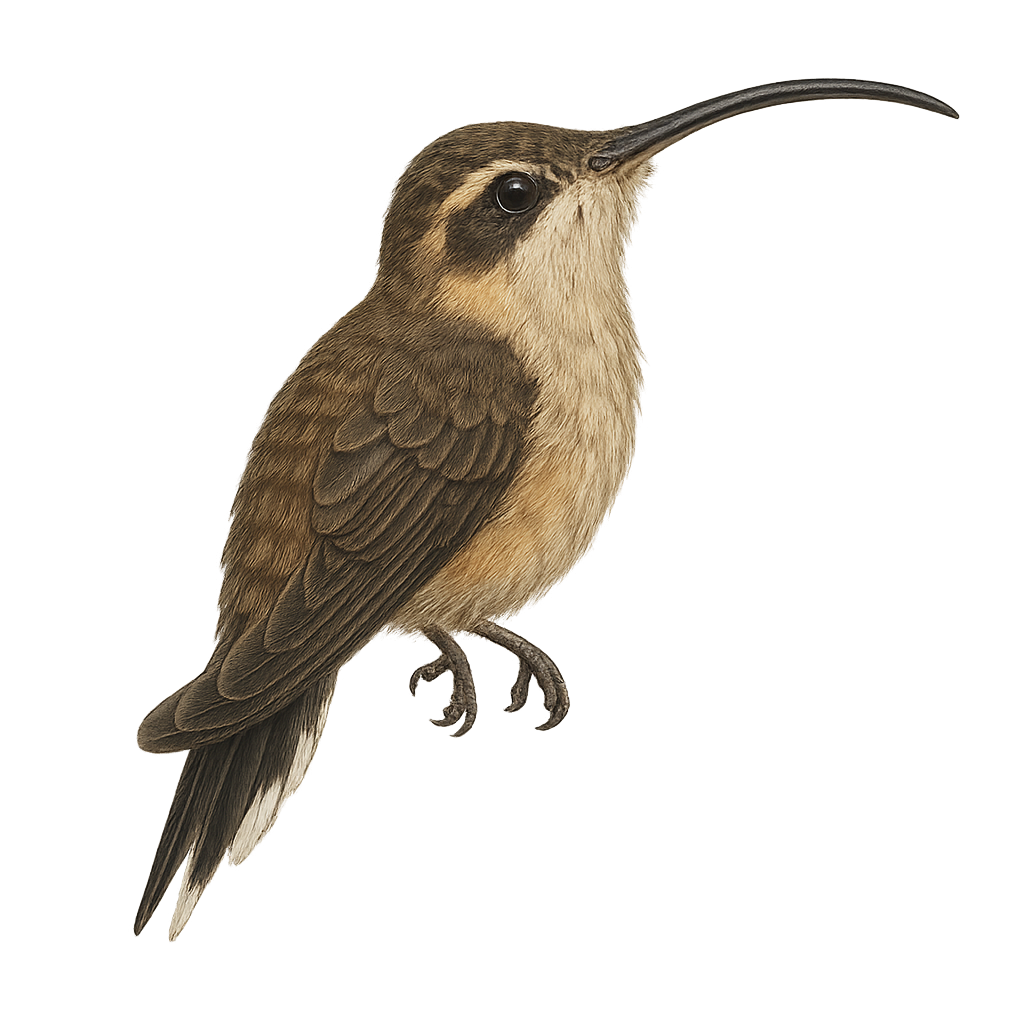Your wildlife photography guide.
Explore the rupununi hermit in detail, study its behavior, prepare your shots.
Where to observe and photograph the rupununi hermit in the wild
Learn where and when to spot the rupununi hermit in the wild, how to identify the species based on distinctive features, and what natural environments it inhabits. The WildlifePhotographer app offers tailored photography tips that reflect the rupununi hermit’s behavior, helping you capture better wildlife images. Explore the full species profile for key information including description, habitat, active periods, and approach techniques.
Rupununi Hermit
Scientific name: Phaethornis rupurumii

IUCN Status: Least Concern
Family: TROCHILIDAE
Group: Birds
Sensitivity to human approach: Suspicious
Minimum approach distance: 5 m
Courtship display: February to May
Incubation: 15-17 jours
Hatchings: February to June
Habitat:
Humid forests, forest edges
Activity period :
Primarily active during the day, with peak activity in the morning and late afternoon.
Identification and description:
The Rupununi Hermit, or Phaethornis rupurumii, is a fascinating hummingbird primarily inhabiting the humid forests and forest edges of South America, particularly in Brazil and Guyana. This small bird, measuring about 12 to 14 cm in length, is distinguished by its olive-brown plumage and long, tapered tail. Its curved beak is perfectly adapted for feeding on the nectar of tubular flowers. The Rupununi Hermit is a solitary bird, often observed darting quickly from flower to flower, playing a crucial role in the pollination of many tropical plants. Although its habitat is relatively stable, deforestation poses a potential threat to its population.
Recommended lens:
400mm – adjust based on distance, desired framing (portrait or habitat), and approach conditions.
Photography tips:
To photograph the Rupununi Hermit, it is advisable to use a 400mm lens or longer to capture detailed images without disturbing the bird. Look for it in humid forests and forest edges, where it feeds on nectar. Be patient and discreet, as this bird is suspicious. Use a tripod to stabilize your camera and adjust your shutter speed to freeze the rapid movement of its wings. The natural light of the morning or afternoon is ideal for capturing vibrant and natural colors.
The WildlifePhotographer App is coming soon!
Be the first to explore the best nature spots, track rutting seasons, log your observations, and observe more wildlife.
Already 1 439 wildlife lovers subscribed worldwide

